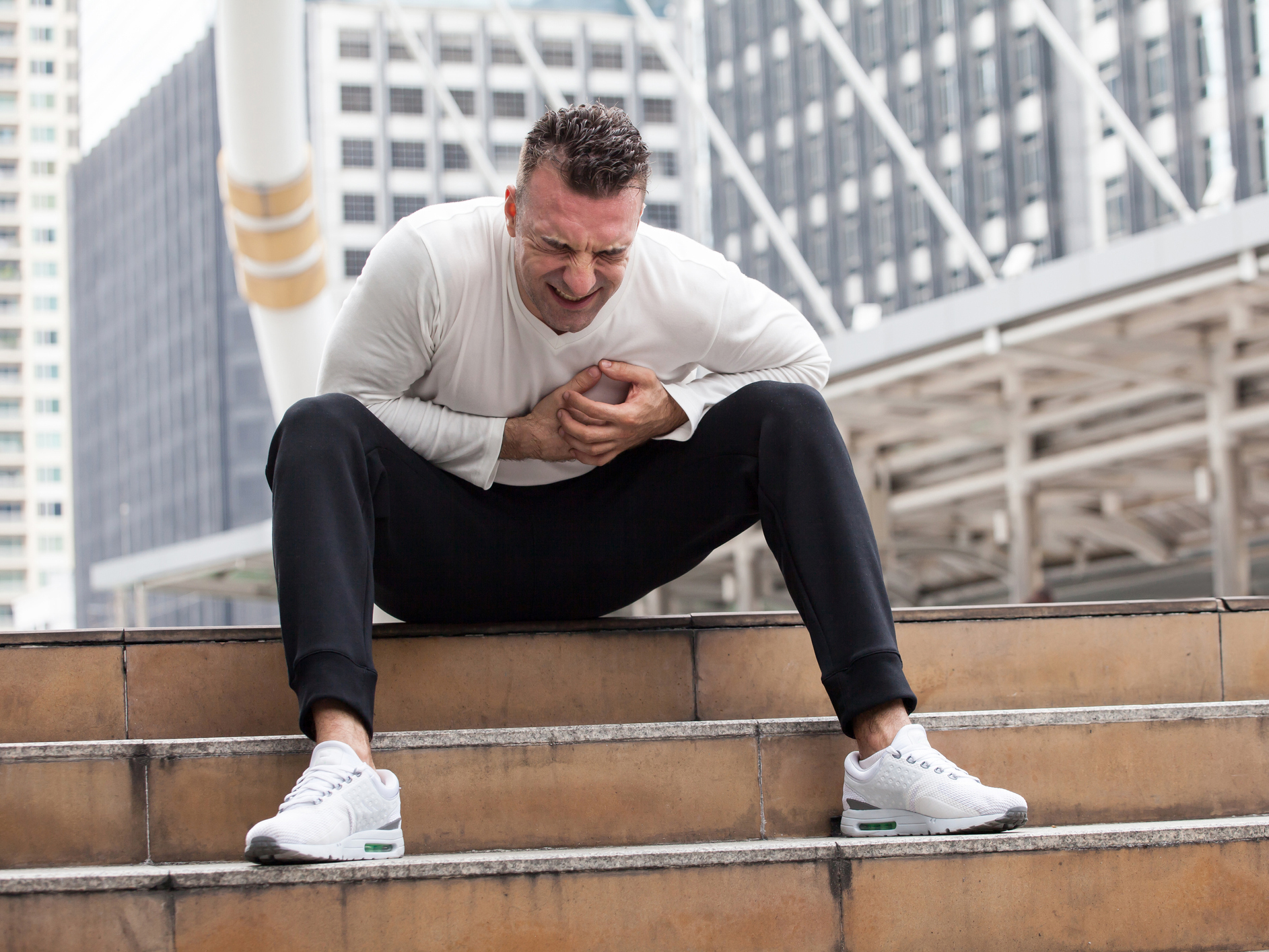Get Easy Health Digest™ in your inbox and don’t miss a thing when you subscribe today. Plus, get the free bonus report, Mother Nature’s Tips, Tricks and Remedies for Cholesterol, Blood Pressure & Blood Sugar as my way of saying welcome to the community!
Getting fit: The exercise overdose that can lead to heart attack

We hear over and over that to protect our hearts, we need to exercise. But, for many of us, when we finally decide to jump into physical activity, we do it with both feet.
Yet, according to a new update by the American Heart Association, that’s not only a bad idea, it could also kill you.
After reviewing more than 300 scientific studies, they came to some very important conclusions about how and when to increase your exercise you should know, to stay on the safe side before you get started…
Benefits versus risks to your heart
Let’s start with the good news: Overall, researchers found that for most people, the benefits of exercising outweigh the risks that can come with it.
In fact, they discovered that physically active people, such as regular walkers, have up to a 50 percent lower risk of heart attack and sudden cardiac death than those of us who are couch potatoes.
Now the not-so-good news: There’s are exceptions… like high intensity or extreme endurance exercise.
The team found that participating in this type of activity, such as running a marathon or a triathlon (especially if you’re not used to this type of exercise) can raise your risk of sudden cardiac arrest, atrial fibrillation (a heart rhythm disorder) and heart attacks.
As Barry A. Franklin, Ph.D., director of preventive cardiology and cardiac rehabilitation at Beaumont Health in Royal Oak, Michigan, puts it, “Exercise is medicine, and there is no question that moderate to vigorous physical activity is beneficial to overall cardiovascular health. However, like medicine, it is possible to underdose and overdose on exercise — more is not always better and can lead to cardiac events, particularly when performed by inactive, unfit, individuals with known or undiagnosed heart disease.”
Specifically, the team found that among participants in triathlons, almost 40 percent of cardiac events occurred in first-time participants! Clearly, the first time you decide to head out for that long run is the most dangerous, especially if you haven’t been training for a while.
And, they also discovered that half of all cardiac events occur in the last mile of a marathon or half-marathon, so it looks like the longer you run, the higher the danger.
How to get started
All of this makes getting started with exercise the right way and working your way up slowly vital.
In fact, the American Heart Association is cautioning everyone to start exercising for the heart protection it provides but to “go slow — even if you were an athlete in high school”.
Related: 7 mistakes that ruin your healthy walking habit
A few good rules of thumb to follow to get more active the right way include:
- Warm up before each exercise session by doing the activity you’ve planned. So, if you’re going to walk, start by simply walking at a slower pace to allow your heart rate to rise gradually.
- Walk on a level surface for 6-8 weeks before progressing to walking up hills, jogging or taking part in more vigorous activities.
- Slowly increase the amount of time you spend exercising, starting with just five to ten minutes and then building up.
- Consider the climate: If it’s humid outside or you’re exercising under conditions you’re not used to (like high altitude) reduce your exercise intensity.
- Don’t forget to cool down after exercise by walking at a slow pace to let your heart rate return to normal.
And, always remember that if you experience any chest pain, chest pressure, lightheadedness, or severe shortness of breath while exercising to see your doctor right away.
Exercise is one of the best things you can do for your heart but don’t forget that just like in the old story about the tortoise and the hare, slow and steady wins the race.
Editor’s note: Have you heard of EDTA chelation therapy? It was developed originally to remove lead and other contaminants, including heavy metals, from the body. Its uses now run the gamut from varicose veins to circulation. Click here to discover Chelation: Natural Miracle for Protecting Your Heart and Enhancing Your Health!
Sources:













